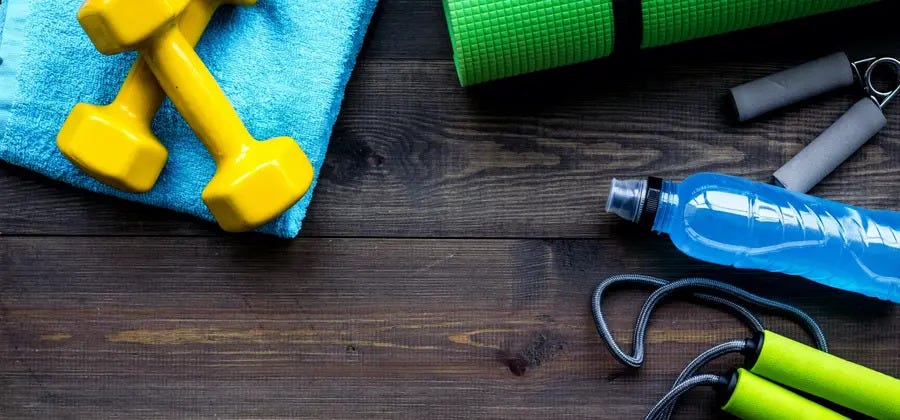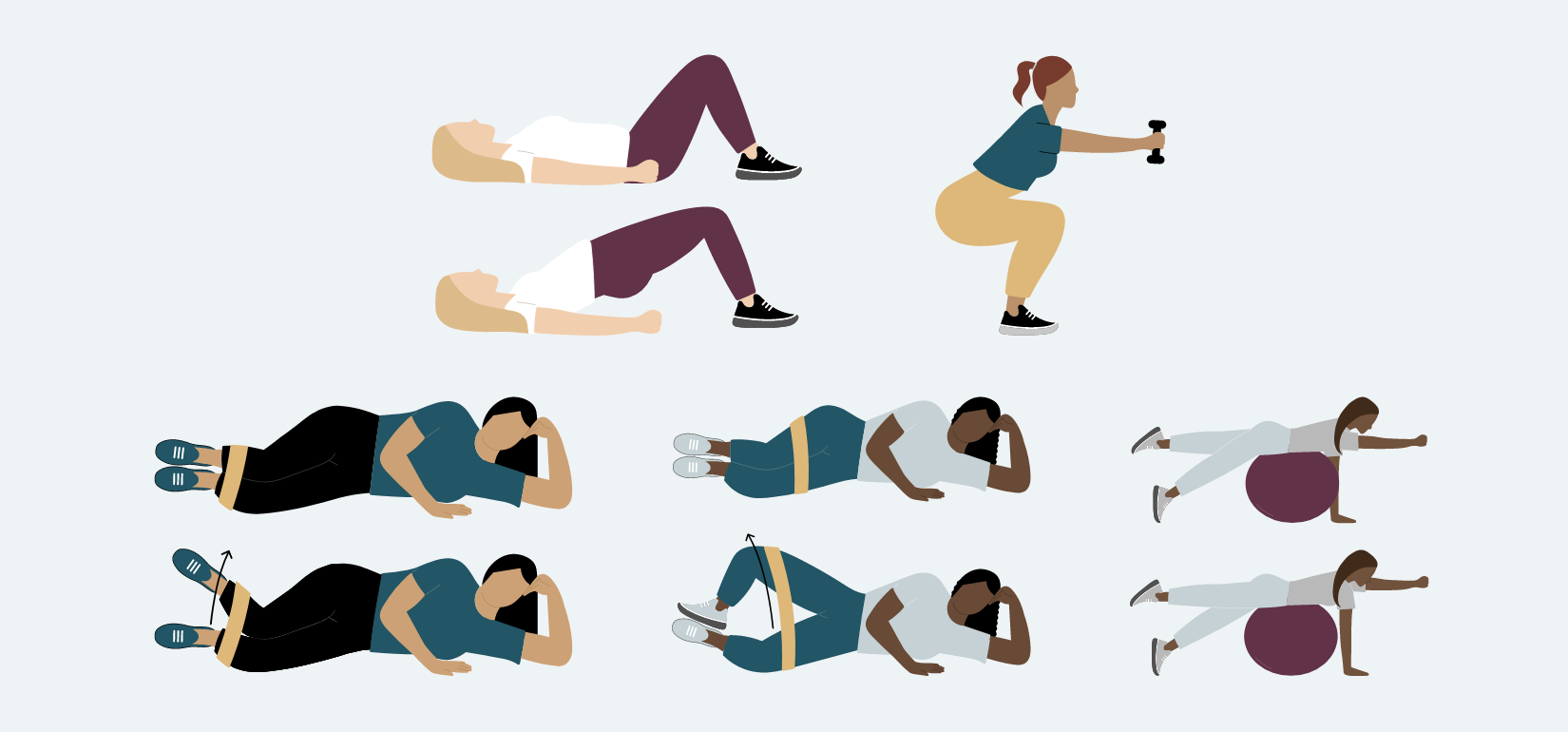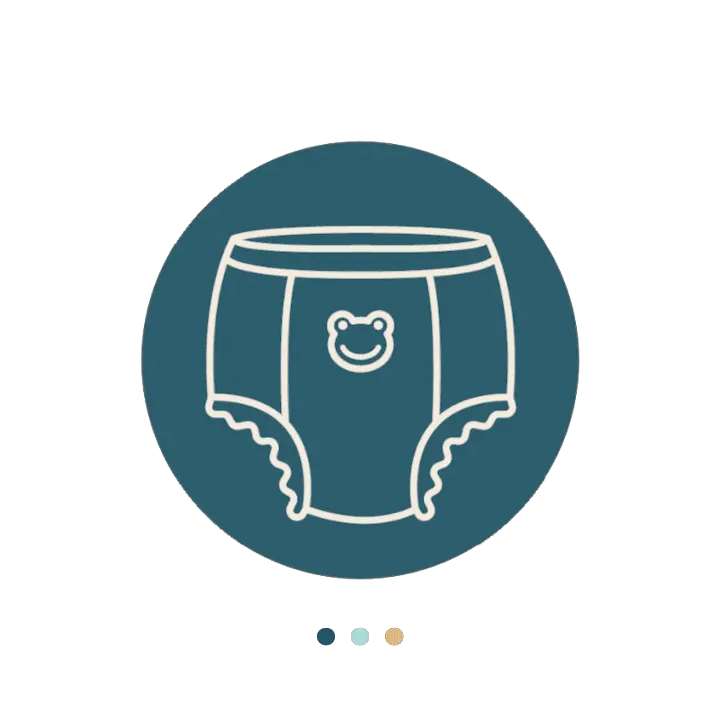Don’t let stress or urge incontinence rule your bladder when there are tons of incontinence exercises that you can do to retrain your bladder, strengthen your pelvic floor, and enhance your ability to stop leaks!
There are many ways to strengthen your pelvic floor, and the best part is you don’t even need to go to the gym. Pelvic floor exercises for both men and women can be performed in the comfort of your own home.
Learn how to perform these exercises in this blog. Plus, get extra tips for managing incontinence symptoms at home.
What Is Urinary Incontinence?
All types of urinary incontinence are defined as a general loss of bladder control.
Stress Incontinence: Stress incontinence is a type of urinary incontinence that occurs when a physical movement or activity. You may leak urine when you laugh, cough, sneeze, lift heavy objects, or exercise. These activities, commonly sneezing, lead to bladder leakage. Stress incontinence symptoms are more common in women, especially after childbirth.
Urge Incontinence: Urge incontinence is characterized by the sudden urge to urinate followed by sudden bladder contractions leading to leaks.
Check Your Eligibility
In 2 easy steps!
Discover the continence care essentials available through your Medicaid plan.
This may cause the bladder to fully void. Once the urge suddenly strikes, many people with urge incontinence cannot make it to the toilet in time, causing urine leakage.
Other common types of incontinence are overactive bladder (OAB) and overflow incontinence.
The Best At-Home Pelvic Floor Exercises
By doing exercises that target the pelvic floor muscles, you can strengthen your ability to extend the periods between urination and keep you dry. The pelvic floor muscles support the urinary tract organs such as the bladder, uterus, prostate, small intestine, and bowel and assist with urinary control, continence, and sexual function. To get all of the potential benefits these exercises have to offer, incorporate pelvic floor muscle exercises into your regular workout routine.
1. Kegel Exercises
Kegel exercises can strengthen your pelvic muscles enough to stop involuntary leakage with exercise or daily activities. It’s important to note that while this exercise is usually associated with women, it can also be beneficial for men.
They help with a speedy recovery after childbirth or prostate surgery and can help prevent vaginal and bowel prolapse.
How to Do Kegel Exercises
- Focus on finding the muscles used while you urinate.
- Then, tighten those muscles as tight as possible.
- Hold that position for 3 to 5 seconds. The muscles should feel as if they are lifting upwards as a result.
-
Then, take a rest for several seconds.
-
Over time as your muscles get stronger, you can hold them for more extended periods.


2. Squats
Squats are a bit of a more intensive exercise but can provide pelvic and buttocks strengthening results for both men and women.
If you’re physically able, it’s worth a try. However, never participate in any physical activity until you’re fully healed. It may be worth talking to your doctor before moderately exercising.
How to Do Squats
- Stand comfortably with your feet flat on the floor, hip-width apart.
- Slowly bend your knees while positioning your buttocks towards the floor. Be sure to keep your back straight and slightly lean forward. Keep your knees in line with your toes.
- Then slowly return to a standing position while keeping your buttocks and pelvic floor tight.
- Take a few seconds to rest in-between each rep and repeat this exercise 10 times.
- Rest between each set of reps.
3. The Bridge
The bridge primarily targets your glutes but helps with the pelvic floor as well. So, why not have buns of steel and better bowel control?
How to Do the Bridge
- Lay down on the floor on a yoga mat or a soft, comfortable spot with your knees bent, feet flat on the floor, and arms down by your sides.
- Pull your buttocks and pelvic muscles tight and lift your buttocks several inches off the ground.
- Hold this position in the air for 5 to 10 seconds.
-
Relax your muscles and slowly lower your buttocks back to the ground.
-
Repeat this process up to 10 times and rest in between each rep.
-
Take a rest between each set and try to perform three sets of reps daily.


5. The Squeeze & Release
The squeeze and release is your secret weapon towards getting your pelvic muscles to respond quickly. This can be very helpful for stopping leaks in a pinch!
How to Squeeze & Release
- Sit or stand in a comfortable position and think of the muscles used to control your urine flow.
- Squeeze your pelvic muscles as quickly as possible and rapidly release them without attempting to hold the position.
- Take a rest for 5 to 10 seconds.
- Repeat contracting your pelvic muscles for 10 to 20 reps.
- Perform this exercise 3 times throughout the day.
Incontinence Management Tips
You don't have to rely solely on incontinence exercises to reduce your symptoms.
There are simple everyday lifestyle changes that will ease pressure on your urinary tract for more confidence in controlling leaks.
- Maintain a healthy diet. Avoid eating sugary, fried, greasy, or spicy foods that may upset your stomach and irritate your bladder. Instead, get plenty of fiber, fruits, and vegetables to add bulk to your stool.
- Get active by moderately exercising a few times a week to lose weight. Yoga, power walking, swimming, or using an elliptical are all great ways to shed extra pounds and strengthen your core.
- Be prepared with the right supplies to confidently catch-all liquids and odors if they occur. The right incontinence supplies for you may be covered through insurance, so don’t battle your symptoms without them.
- Practice training your bladder. Train your bladder by trying to extend the amount of time between visiting the bathroom once an urge strikes. Start by trying to hold it for a minute, then slowly add extra minutes as your muscles become stronger.
- Keep in touch with your doctor. A healthcare provider can supply you with urinary health information and help you come up with a plan to manage your symptoms.
Get Free Incontinence Products With Aeroflow Urology
While these exercises can help increase your pelvic floor strength, another great option is to use incontinence products. Adult pull-ons or bladder control pads can help manage leakage even when it happens at the most inopportune times.
If you don’t want to make trips to the store or spend income on incontinence products, Aeroflow Urology is your answer. We supply free incontinence supplies through Medicaid and some private insurance plans.
Simply fill out our secure Eligibility Form to see if you qualify for free incontinence supplies.
We’ll reach out to you and help you choose the perfect products for your lifestyle. Then, they’ll be shipped directly to your door each month in discreet packaging.
Information provided on the Aeroflow Urology website is not intended as a substitute for medical advice or care from a healthcare professional. Aeroflow recommends consulting your healthcare provider if you are experiencing medical issues relating to incontinence.










